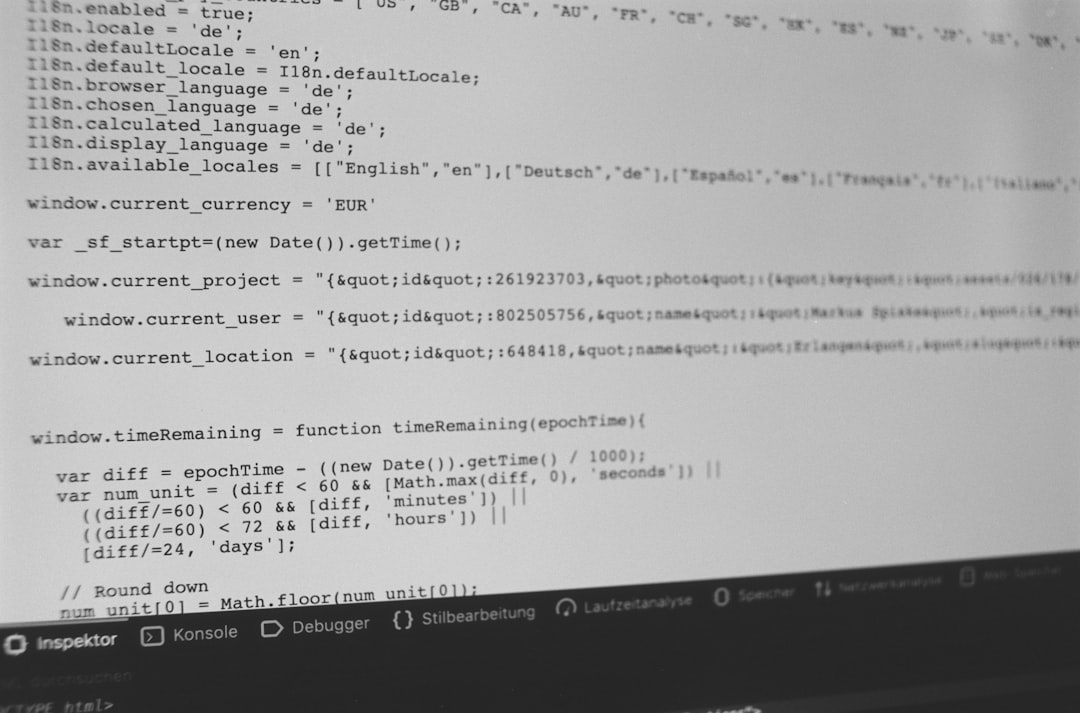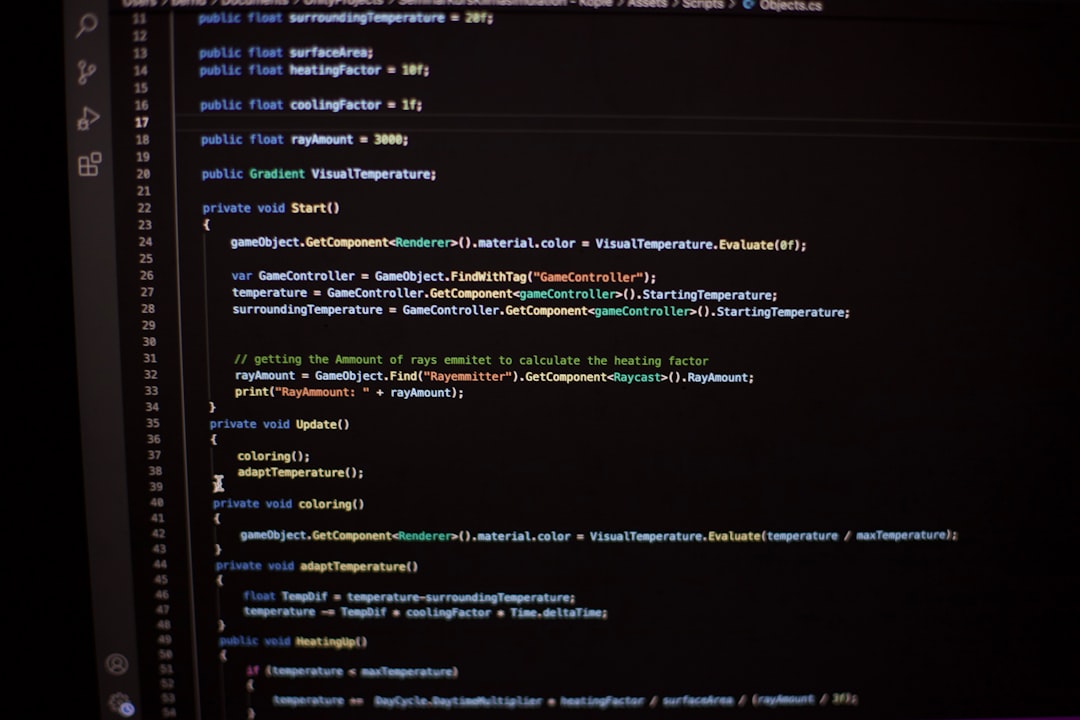Artificial Intelligence (AI) is revolutionizing the field of software development, particularly in the area of code analysis. With the increasing complexity of software systems, traditional code review and debugging methods are often insufficient in identifying bugs, inefficiencies, and potential vulnerabilities. AI algorithms offer a smarter, more efficient approach to static and dynamic code analysis by learning patterns, understanding semantic context, and predicting issues early in the development lifecycle.
Through a blend of machine learning (ML), natural language processing (NLP), and deep learning techniques, AI algorithms can now parse through vast amounts of code, detect anomalies, suggest improvements, and even generate code snippets. Below are some of the most commonly used AI algorithms and techniques that are transforming code analysis as we know it.
1. Decision Trees and Random Forests
These supervised learning algorithms are effective at classifying and predicting code behavior based on historical data. By breaking down decision rules, a decision tree can assess the likelihood that a piece of code contains errors or security vulnerabilities. Random Forests, on the other hand, employ an ensemble of decision trees to increase accuracy and reduce overfitting, making them particularly useful for bug prediction models.

2. Neural Networks and Deep Learning
Deep Learning algorithms have emerged as powerful tools in understanding the structure and semantics of code. Convolutional Neural Networks (CNNs), although typically used for image recognition, can be adapted to analyze code patterns. Meanwhile, Recurrent Neural Networks (RNNs), especially Long Short-Term Memory (LSTM) networks, excel at sequence prediction and are commonly used for auto-completion tools and bug detection.
These networks are capable of grasping the “intent” behind a given set of code instructions, allowing them to spot issues that simpler rule-based systems might miss.
3. Natural Language Processing (NLP)
NLP techniques are instrumental in analyzing and understanding source code comments, documentation, and naming conventions. Since code often includes variable names and comments written in natural language, algorithms that can understand semantics—such as Word2Vec or BERT—help in bridging the gap between human and machine understanding. AI models trained on both code and natural language can detect inconsistencies, suggest better documentation, and even recommend more meaningful variable names.
4. Graph Neural Networks (GNNs)
Code can be structurally represented as graphs where nodes represent program elements (functions, classes, variables) and edges represent dependencies or relationships. Graph Neural Networks excel at analyzing such data, enabling context-aware analysis. These models can detect control flow issues, identify security vulnerabilities, and optimize code by learning from patterns within large repositories.
5. Unsupervised Learning and Clustering
Sometimes, data labeling is not feasible due to sheer volume or lack of expertise. Clustering algorithms, such as K-means or DBSCAN, help group similar code snippets or bug patterns. This is particularly useful in large-scale software systems where developers need to uncover repeated issues or similar features across projects.

6. Reinforcement Learning
Reinforcement Learning (RL) is being explored for automated code generation and optimization. In this paradigm, an agent learns to make a sequence of coding-related decisions to maximize performance or minimize errors. RL is especially promising in areas like compiler optimization, automated patch generation, and intelligent code refactoring tools that improve code without human input.
7. Anomaly Detection Models
Trained to identify deviations from a norm, these models are instrumental in detecting rare and unexpected issues in code. Techniques include One-Class SVMs and Autoencoders, which can flag code that doesn’t conform to typical patterns—helping to pinpoint potential bugs or vulnerabilities that are otherwise hard to trace.
Conclusion
AI offers a powerful toolkit for modern code analysis. From predictive bug detection to intelligent documentation and code generation, these algorithms significantly streamline the software development process. As AI continues to evolve, we can expect even more accurate, real-time, and context-aware code analysis solutions that preemptively solve issues and enhance code quality.
FAQ
- Q: Can AI completely replace human code review?
A: While AI can enhance and automate many aspects of code analysis, human oversight is still essential for context-aware decisions and ethical considerations. - Q: What programming languages do AI models support for code analysis?
A: Most AI-based tools are language-agnostic but are most effective with popular languages like JavaScript, Python, Java, and C++ due to the availability of training data. - Q: How are AI algorithms trained for code analysis?
A: Training typically involves large datasets of annotated code from open-source repositories, documentation, and historical bug reports. - Q: Are AI code analysis tools secure and reliable?
A: As with any software tool, reliability depends on the model quality and data used. Proper validation and testing are required before use in enterprise settings. - Q: Are there any open-source AI tools for code analysis?
A: Yes, tools like DeepCode, Codex, Sourcery, and CodeBERT are freely available and widely used in the developer community.


